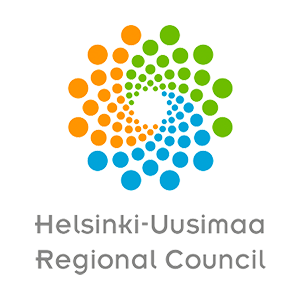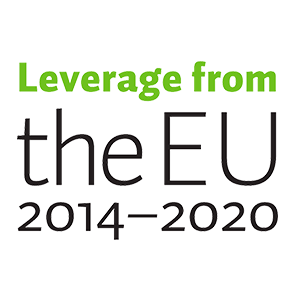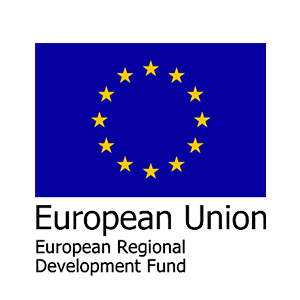Aiming for carbon-neutral and resource-wise industrial areas
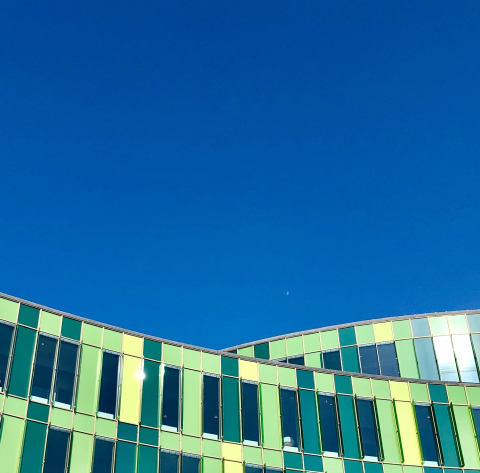
We define an industrial area as a limited geographical area with shared infrastructure, shared resources and local services that are available for the development of solutions that enhance carbon neutrality and resource wisdom.
In terms of its life cycle, an industrial area may still be in the planning stage, when it is possible to create structural solutions. It can also be in the development, active operations or reconstruction phase of its life cycle, each of which allows for a shift towards more sustainable choices through structural and operational changes.
All commercial, public and others, are considered actors in the area, and their involvement is important for the project to progress. It is particularly important to involve property management companies in implementing solutions that promote resource wisdom in areas such as energy efficiency, energy use and recycling.
Virtual industrial area is a term that has emerged with the increase in remote connections and online shopping, for example. The project examined it as a separate operating model. The carbon footprint and emissions from virtual business should also be studied through the industrial areas used for the production and logistics of related products and services.
Ports
Construction sites

Measuring

Logistics

Circular economy

Industrial areas in the HNRY project
Vuosaari Harbour, Helsinki
Vuosaari Harbour specialises in freight logistics and is an industrial area in the active operations phase with shipping companies, forwarding and transport companies and port operators. Approximately 50 companies operate in the area.
Blue Industry Park, Turku
An area of about 55 hectares located next to Turku Shipyard, where a world-class production and innovation centre for the marine and manufacturing industries is being built.
Porttipuisto-Hakkila, Vantaa
The logistics, industry and commercial area is located halfway between Helsinki Airport and Vuosaari Harbour, at the intersection of Lahti Motorway and Ring Road III. The principles of sustainable development are taken into account in the planning and construction of the area.
Lukutori, Suurpelto, Espoo
A pilot site for a climate-friendly construction site. The procurement of the construction contract was carried out in a sustainable manner by including minimum requirements in the contract for reducing on-site emissions.
Kulosaaren puistotie, Helsinki
The construction site on Kulosaaren puistotie, the first bicycle street in Helsinki, is an emission-free construction pilot site. According to the contract programme, all machinery on the site had to either run on renewable energy or use non-fossil fuel.

A carbon-neutral industrial area seeks to find solutions to ensure that the area’s operations would not increase the amount of carbon dioxide in the atmosphere. The carbon footprint for the entire life cycle is, therefore, zero. The project primarily focused on ways to reduce carbon dioxide emissions in the operating models applied in the area. The natural carbon cycle in the ecosystem and emission compensation are taken into account in the project.
In terms of resource wisdom, the planning and operations are carried out according to the principles of circular and sharing economy: products and materials stay in circulation for as long as possible through reuse and recycling. Resource wisdom was included in the design of the industrial area as early as the zoning and construction phases so that companies can make use of each other’s side streams and work together to reduce their emissions. Resource wisdom also includes minimising energy consumption in all activities.
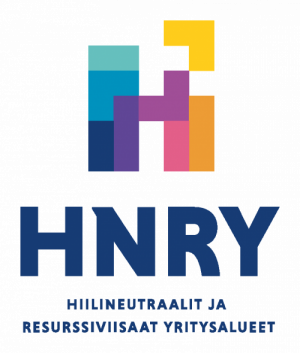
6Aika: The HNRY – Carbon-neutral and resource-wise industrial areas project aimed to bring together cities and research institutes that have a shared interest in creating carbon neutral industrial areas. It was inspired by the carbon neutrality targets set by the cities for 2029–2035. Companies that had already started low-carbon activities were encouraged towards carbon neutrality, and other companies were offered training in carbon neutrality.
The project started on 1 May 2019 and ended on 31 May 2021. It was implemented by the cities of Helsinki, Vantaa, Espoo and Turku together with VTT Technical Research Centre of Finland, the University of Turku’s Finland Futures Research Centre and Turku Science Park. The project was funded by the European Regional Development Fund (ERDF) in Finland’s Structural Fund programme Sustainable Growth and Jobs 2014–2020.
Read more about the results and ideas


